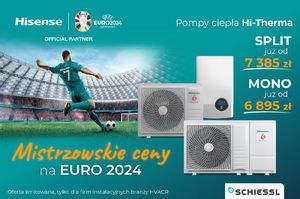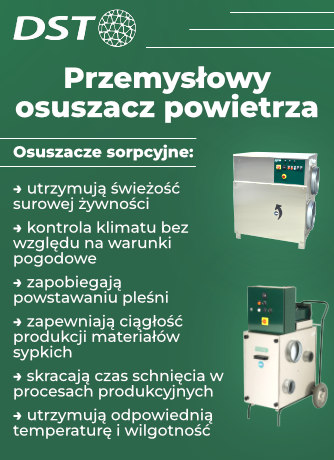Status of R744 in North American supermarkets
Although commercial refrigeration systems have not been subject to pressures of HFC bans or high taxation of refrigerants as in other parts of the world, CO2 systems are gaining ground in the US due to energy consumption and leakage rate concerns, as David Hinde explains in the latest ASHRAE magazine.

By the end of 2008, nine low-temperature CO2 systems were operational in the US and Canada, all using carbon dioxide as a two-phase secondary fluid in stores ranging in size from small markets to large supercentres and warehouse-style stores, and with system loads ranging from 22 to 160 kW. Despite the overall hesitation of the US market to use natural refrigerants, the recent move towards systems with lower refrigerant charge and lower leakage rates has also brought CO2 to the forefront of corporate agendas addressing the reduction of greenhouse gas emissions. Although still in its infancy, the use of CO2 is therefore likely to take off over the next few years, with more test applications proving its viability, and comprehensive R744-specific contractor training being carried out. As a result, the leading association for the refrigeration and air-conditioning industry, ASHRAE, has dedicated one feature of its latest “Refrigeration for Retail” edition exclusively to the status of CO2 refrigeration in North America supermarkets.
Low-temperature CO2 secondary systems reach commercialisation
Several CO2 secondary systems went into full commercialisation in 2008 with many new installations currently under way. As explained by David Hinde in the ASHRAE magazine, the successful installation of CO2 systems has relied heavily on technical training specifically developed for theses applications, and will continue to be crucial for the implementation of these and other types of CO2 systems in the future.
The technology was first introduced in 2001, when laboratory testing of low-temperature CO2 secondary systems was initiated. After extensive investigation of the system operation, display-case and unit-cooler performance, and various piping configurations and control methods, the first U.S. system was installed in the field in mid-2006. Detailed studies found that CO2 systems led to significant installation savings in terms of the amount of required copper piping. A simultaneous energy analysis confirmed that both low-temperature secondary and direct expansion systems outperformed traditional HFC DX systems by 3-12%, depending on system type and configuration.
Now, the technology is mature enough to be applied to medium-temperature systems, where it offers several performance improvements compared to the propylene glycol secondary systems used today. However, Hinde et al emphasise that systems need to be carefully designed and optimised to ensure they can be produced in an economically viable manner.
CO2 cascade systems
In early 2008, the first low-temperature CO2 cascade system was installed and started operating in a U.S. supermarket. Located at a Price Chopper store in Saratoga, N.Y., it was the first installation of this type of system in North America. CO2 is condensed by a medium-temperature refrigeration system using R-404A that also chills propylene glycol for the relocated dairy and beverage departments. The store uses the technology in its frozen food and ice cream departments.
As a next step, the retailer will evaluate the maintenance and efficiency of the system over the next several months. Should the system prove as advantageous as expected, the company will move forward with plans to use it in other Price Chopper stores.
Source: http://www.r744.com/articles/2009-03-24-status-of-r744-in-north-american-supermarkets.php










